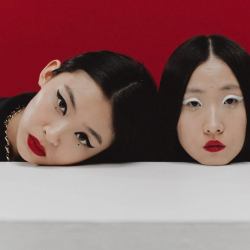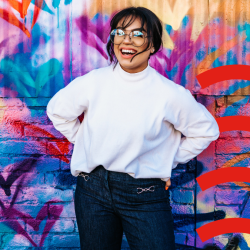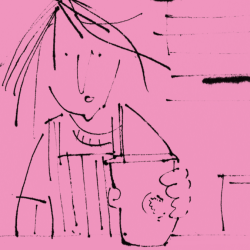Stefan Sagmeister is an industry legend. The Austrian-born designer moved to New York in the ’90s and worked with Tibor Kalman’s M&Co design company before setting up his own studio in 1993. Since then he’s worked with musical legends such as Talking Heads, Aerosmith and Brian Eno.
In his upcoming book Now is Better, which will be published by Phaidon in September, the talented designer takes on the duty of creating a happier world. Almost as a counter-argument for nostalgia, Sagmeister demonstrates through his artworks that life is much better now compared to 200 years ago, despite what the miserable short-term media might say. Sagmeister uses historical data to make his point: he creates visualisations of various data from 1800s onwards, such as percentage of women who have the right to vote, number of democratic counties worldwide and percentage of world’s population that is illiterate, and provides the background information of how these various issues have evolved over the decades. He then evolved paintings from the 18th and 19th century to include the data visualisations.
A bit of much-needed bit of optimism indeed.

Can you tell us a little bit about your upcoming book, ‘Now is Better’? What was the intention behind it? Is it a replication of your solo exhibition or have you evolved it?
The book Now is Better is all about term thinking: short-term media like Twitter and hourly news created an impression of a world out of control, with democracy in peril and an overall outlook of doom. But if we look at developments concerning the world from a long-term perspective — the only sense-making way — almost any aspect concerning humanity seems to get better. Fewer people go hungry, fewer people die in wars and natural disasters, more people live in democracies — and live much longer lives — than ever before.
200 years ago, 9 out of 10 people could neither read nor write, now it is just 1 out of 10. Even if you look at pandemics from a point of view of 100 years, you will see that the Spanish Flu killed at least 45 million people, Aids/HIV about 30 million people. This of course does not mitigate the unbelievable 3 million humans (and counting) that lost their lives during Covid-19, but it does put the often-quoted view that we live in ‘unprecedented times’ into perspective.
We created a lot of data visualizations, using historic paintings with contemporary inserts. The goal behind these visualizations is that viewers might want to place them into their living rooms, as reminders that the latest tweets are just tiny blips in an overall rather healthy environment. Doing that they retain functionality, which is why they are pieces of design, not art. You could call them propaganda for the living room.
Looking at the artworks you’ve made for ‘Now is Better’, I found the way you mixed historic with contemporary really beautiful. Can you talk about the creative process behind it?
The overall process of working on a series such as this is similar to how a song is written. When I visited the bands we worked within their rehearsal spaces, and it became clear that their songs began with a combination of tiny sparks from many directions: a segment of a lyric, a guitar riff, a bass line, a particular beat. Similarly, the pieces in the Now Is Better series could begin with the discovery of an intriguing data set, or a pleasing shape or colour scheme, before combining all of these factors atop a historical painting. Working on this series has been incredibly enjoyable.

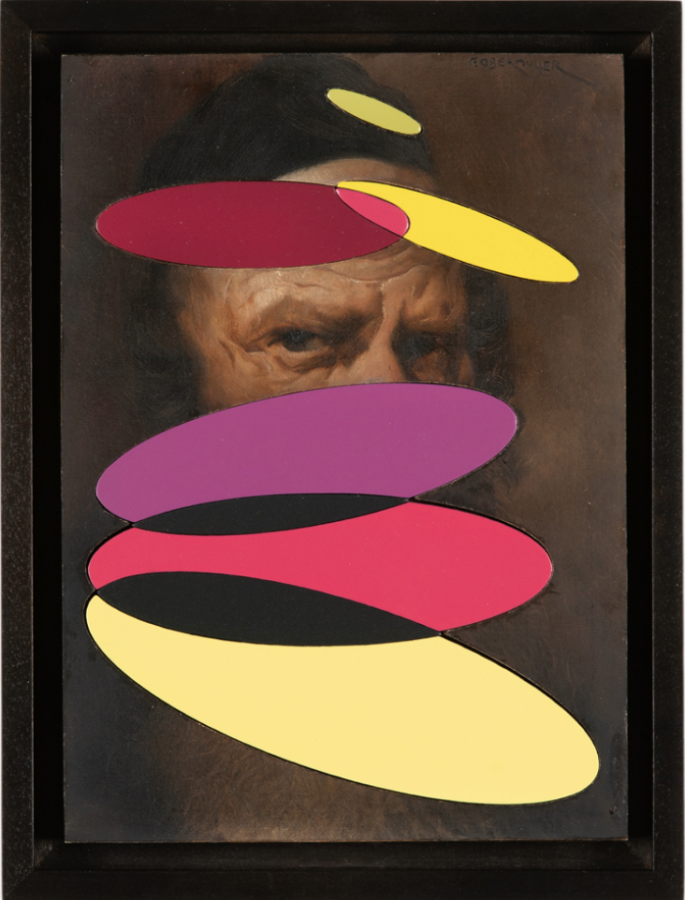
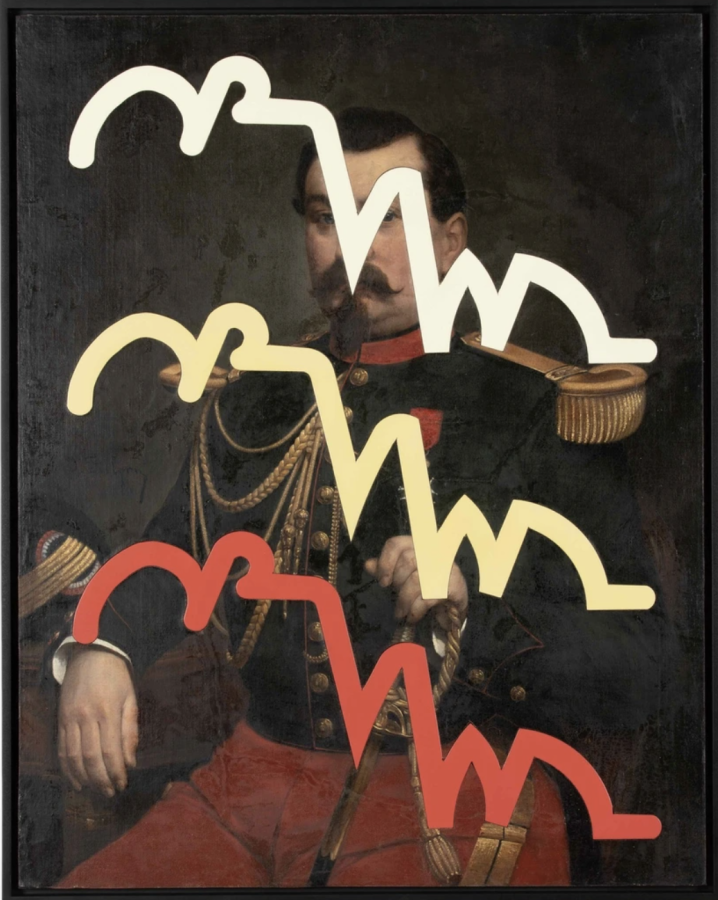
You cover an interesting range of data trends — from number of artist, lawyers and doctors in the US to homicide rates in Italy, from people who think ill of capitalism to amount of people stuck in traffic jams… How did you pick the data trends that you wanted to visualize?
Considering that all the catastrophes, disasters and scandals are well covered by traditional media, I try to concentrate on positive long-term developments. Here and there I also create a piece where I find the numbers intriguing or one that might be negative but surprisingly so. In general, all the things that are of interest to me.
You mentioned that ‘Now Is Better’ is essentially a reaction to short-termism that you attribute to the media. When you think about why people feel like we’re living through increasingly troubled times what other factors come to mind?
There are a number of factors. For one, the amygdala (a small, almond-shaped mass in the central brain) compounds the problem, transporting negative messages much faster than positive ones in order to keep us safe. The brains of our prehistoric ancestors required a shortcut for negative news — it was extremely important to detect that lion quickly, as the alternative was death. The brain never developed a similar time saver for positive messages. If the banana was missed, there might be another one around the corner.
Today we’re all living much safer lives, and our lives would be better informed if we were more receptive to positive news.
I don’t believe the people running our media outlets to be evil; they simply leverage our naturally heightened interest in drama and negative messaging. Most attempts to create a positive news site have failed immediately. Sentiment mining is a research method in which you review the news for frequently used words like ‘good’, ‘terrible’, and ‘horrific’, tallying each use and its context. This research validates my gut feeling, confirming that the increasing negativity of the news over the past few decades is scientifically provable.
And also, we all simply find drama more fascinating. While working on The Happy Film, a documentary about my own happiness, our team went through the considerable trouble of sending the entire film team from New York to Bregenz to interview my siblings. I purposefully did not take part in these interviews, as I wanted my brothers and sisters to have a chance to speak freely about all of the awful things I must have done growing up. When I checked the footage weeks later, they had all talked only about positive events. This was incredibly boring.
We wound up using not a single frame.
What’s next? Are you working on any new projects?
Considering there is no end of negative short-term news in sight, I’ll stick with trying to show the other, long-term view for a long while.
Featured image: Stefan Sagmeister

























